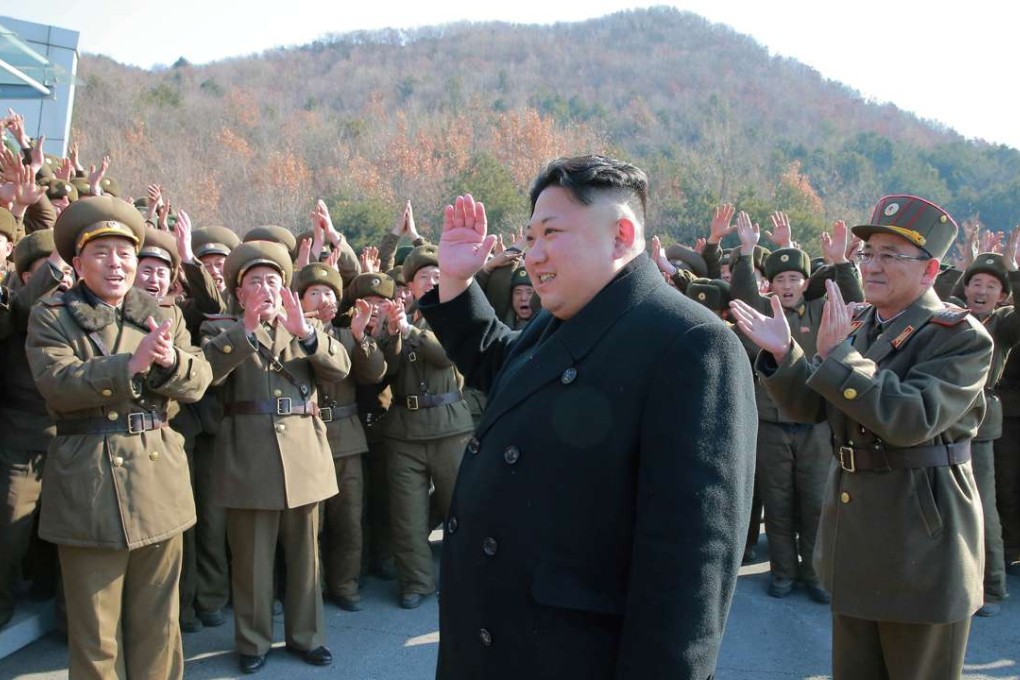US and China must join hands to halt Kim Jong-un’s nuclear quest
John Barry Kotch says the US acted hastily in rejecting Beijing’s offer of a way to freeze Pyongyang’s nuclear programme. The blueprint for jointly securing regional peace lies in unimplemented inter-Korean agreements from the 1990s

Washington has reacted short-sightedly in rejecting out of hand Beijing’s timely proposal for a freeze on Pyongyang’s nuclear weapons and missile programmes in exchange for a halt to US-South Korean joint military exercises. Not only is this a slap in China’s face, it also undercuts the latter’s political leverage with the North Korean regime, while letting the North off the hook in the likely event that it also rejects the Chinese offer.
We now confront a political situation on the Korean peninsula without parallel in recent years
How Kim Jong-un put US on a collision course with China
Kim Jong-un, however, has not only barrelled ahead with an intercontinental ballistic missile programme but redefined and expanded the field territorially – unequivocally stating that the US represents his target of choice if push comes to shove. And he now appears to be on a crash course to realise that ambition, with the express purpose of putting the US homeland within range of a nuclear strike.
Watch: South Korean president Park Geun-hye removed from office
The best shot at stopping Kim is for the US and China to pursue a joint strategy of sanctions and carrots, rather than find themselves on opposite sides. If the Trump administration wants to seriously explore the prospects for diplomacy and dialogue with North Korea, it need look no further than the two landmark – albeit unimplemented – agreements entered into by the two Koreas more than two decades ago: the 1991 North-South Basic Agreement on Non-Aggression, Reconciliation, Exchange and Cooperation; and the 1992 Joint Declaration on the Denuclearisation of the Korean Peninsula, banning the development, testing and possession of nuclear weapons – a de facto security framework for peace and stability.
As North Korea loses its use, China loses its patience
In the 19th century, regional instability was the by-product of great power rivalry for control of the Korean peninsula, with two Sino-Japanese wars followed by a Russo-Japanese war resulting in Korea’s annexation. Paradoxically, the contemporary threat to regional peace and security derives from developments on the peninsula itself.
Near miss: North Korean missile ‘fell just 200km from Japanese coast, closer than ever before’
In failing to lend their support to these inter-Korean agreements, the powers with a direct stake in peace and security on the Korean peninsula, especially the US and China, have contributed to the precarious nature of regional peace and security – none more so than the US, the only outside power militarily present on the peninsula today.
John Barry Kotch is a political historian and a former State Department consultant specialising in US security policy towards Korea